
Complex PTSD (c-PTSD) occurs as a result of exposure to repeated and prolonged trauma and affects up to 7.3% of the population.
What happens when you look at a cucumber? Well, to put it simply, you see a cucumber.
Naming Grace Tame the 2021 Australian of the Year was a belated but important acknowledgement of the extraordinary courage of many sexual assault and child sexual abuse survivors in adjusting to life and processing trauma following sexual assault.
On ABC’s Australian Story last week, Tame highlighted the importance of accessing emotional support after trauma and said she had been diagnosed with complex post-traumatic stress disorder (CPTSD).
Tame’s advocacy has also prompted others to seek help for CPTSD, a variant of post-traumatic stress disorder (PTSD).
Post-traumatic stress disorder (PTSD) can arise after exposure to a traumatic event, with symptoms falling into four clusters:
- upsetting and intrusive re-experiencing of the trauma (memories and nightmares)
- avoiding reminders of a trauma
- profound changes to mood and beliefs following the traumatic experience
- heightened reactivity to and vigilance for danger.
However, there are a multitude of ways PTSD symptoms can manifest. For some, the highly distressing re-experiencing of trauma memories is most prominent, whereas for others, a persistent hypervigilance for danger and threat may be the most difficult aspect.
PTSD was first codified as a diagnosis in 1980. By the 1990s, there was an increasing push to acknowledge trauma survivors sometimes experienced difficulties across a much broader range of domains than the initial criteria suggested.
There hasn’t always been agreement about what characterizes a more complex version of PTSD, or even if there is any use in such a diagnostic label at all.
Previous efforts to describe a more complex version of PTSD focused on the nature of the traumatic event(s), for instance, that people with CPTSD may have experienced their trauma in childhood. This may lead to a more pervasive set of difficulties in adulthood.
Others argued repeated or prolonged exposure to trauma throughout one’s life was the key feature.
Yet others suggested particular types of trauma experience, such as torture, were the most reliable way of distinguishing CPTSD.
Another line of research has focused on the consequences of trauma exposure. In this respect, prominent feelings of detachment and “dissociation” (loss of orientation to time and place) were proposed to be reliable features of a more “complex” clinical presentation.
Now there is a consensus of sorts about CPTSD, which acknowledges the wide range of psychological consequences that can follow from the above types of trauma. This is recognized by the inclusion of CPTSD in the International Classification of Diseases 11th Revision (ICD-11), which is based on a series of studies that identified a broader set of difficulties than those typically seen in PTSD alone.
A person with CPTSD is considered to have all the signs of standard PTSD, but also:
- difficulties regulating emotions, for instance, feelings of anger may seem overwhelming and difficult for the person to manage
- a negative sense of self, with feelings of guilt and worthlessness
- interpersonal difficulties. The person may describe feeling disconnected from others, and struggle to feel close to others in their relationships
It makes sense childhood trauma might put a person at risk of CPTSD. Childhood traumas are often experienced before the person has had the opportunity to develop a secure sense of self, or to learn skills to regulate emotions and maintain meaningful relationships.
However, other types of trauma which fundamentally undermine a person’s sense of safety in the world or trust in others may also precipitate CPTSD. This includes sexual trauma and traumas involving betrayal by a parent, family member or trusted authority.

Community surveys conducted in the United States and Germany suggest between 0.5% and 3.8% of the population experience CPTSD at any given time.
Some 7.3% of people are estimated to develop CPTSD during their lifetime.
There are well established treatments for PTSD, such as trauma-focused therapies. These approaches involve a systematic recall of the trauma memory in a safe and controlled way.
However, trauma-focused therapy can be stressful. Not everyone gets better. It also remains unclear whether trauma-focused therapies are as beneficial for CPTSD as PTSD.
Source: The Conversation / Neurosciencenews.





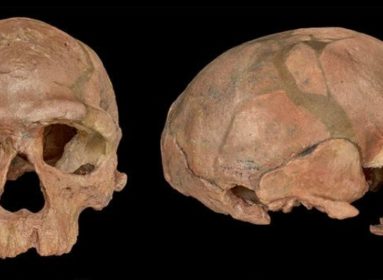












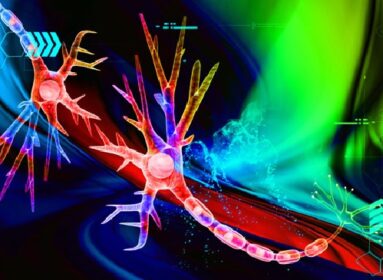

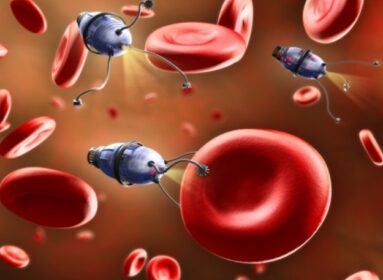


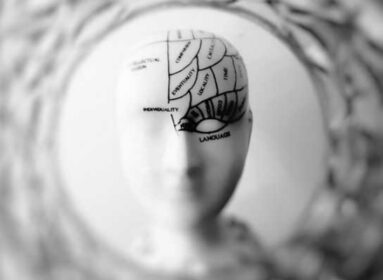








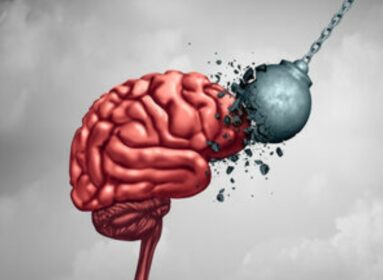
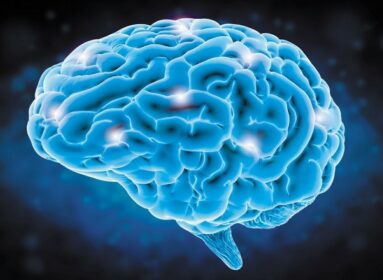




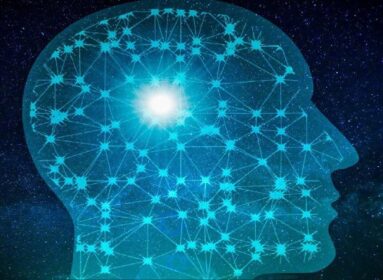
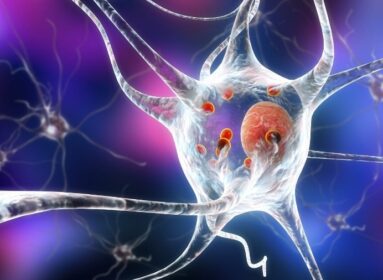


























Comments are closed.